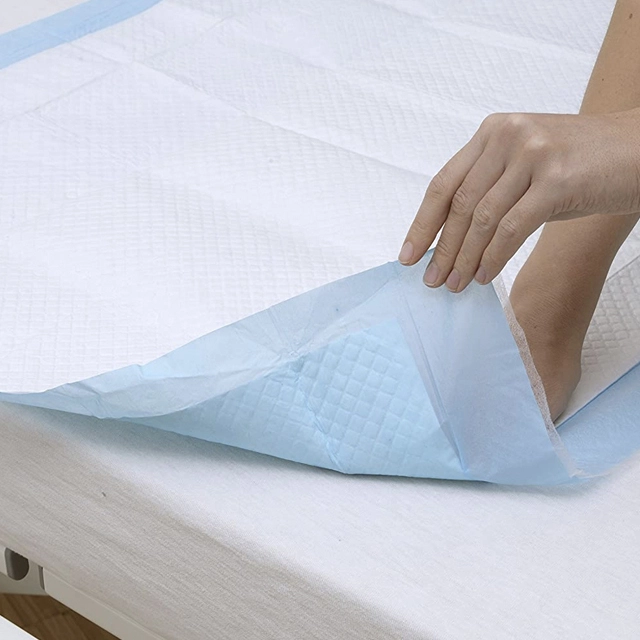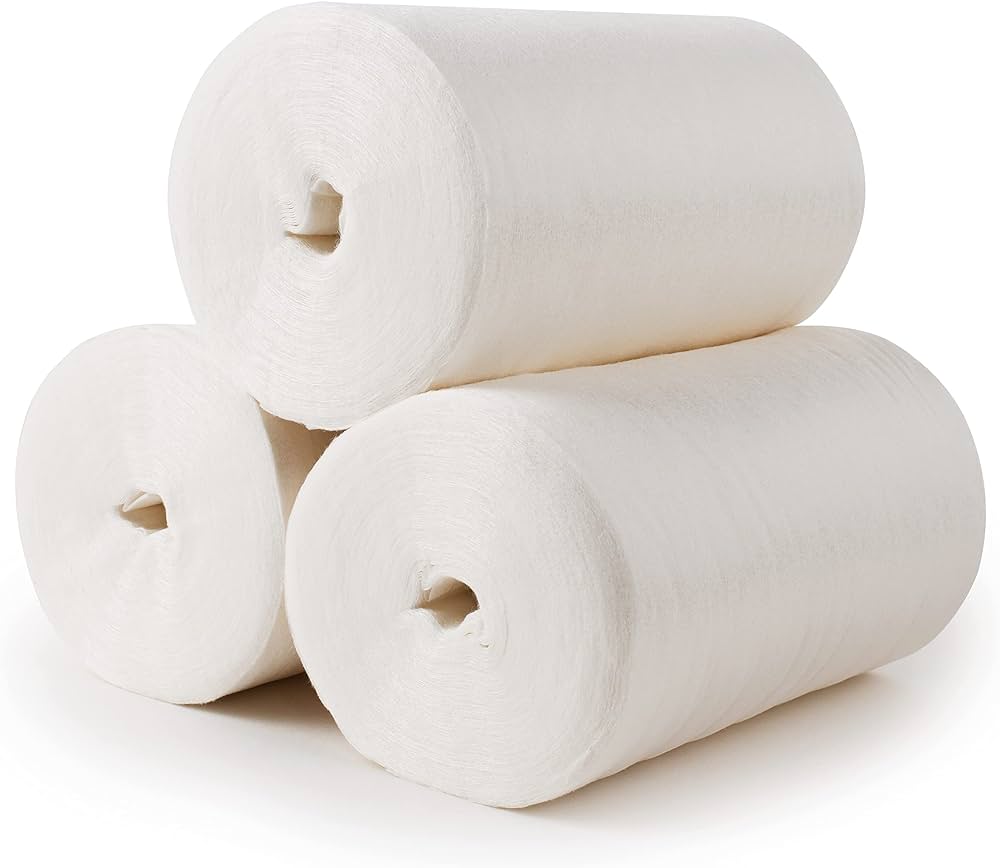When it comes to managing incontinence or protecting bedding and furniture, both underpads and liners come to the rescue. But here's the big question: what's the real difference between these two? It's easy to mix them up since they both serve a similar purpose, but they each have their distinct features. Understanding these differences will help you make the best choice based on your needs. So, let's dive into what separates underpads from liners.
Underpads, also known as "chux" in some circles, are absorbent pads designed to protect larger surfaces like beds, chairs, or even car seats. Think of them as your incontinence shield for furniture!
Definition of Underpads
An underpad is a rectangular or square-shaped pad made up of absorbent layers to trap moisture. Its primary job? Protect surfaces from any sort of leakage.
Key Features of Underpads
Underpads are typically larger in size compared to liners, designed to cover more surface area. They come in varying absorbency levels and materials, with some being disposable while others are reusable. The material often includes a waterproof layer to prevent moisture from seeping through.
Common Uses of Underpads
Underpads are commonly used for individuals with moderate to heavy incontinence, especially for bedridden patients or those with mobility issues. They are also handy for baby care, pet training, or even during medical procedures to protect the surrounding area.
Different Types of Underpads
Underpads can either be disposable or reusable. Disposable underpads are single-use, while reusable ones are made from more durable materials that can be washed and reused multiple times. Each has its pros and cons, but we’ll get into that later.

Liners, on the other hand, are much smaller and designed for personal use. They are more discrete, usually worn inside underwear to manage light incontinence or absorb menstrual flow.
Definition of Liners
Liners are thin, absorbent pads designed for direct contact with the body. They are worn within underwear to catch light leakage, providing a barrier against moisture while maintaining discretion.
Key Features of Liners
Liners are smaller and thinner than underpads, making them more comfortable for daily wear. They focus more on personal hygiene and light leakage, rather than protecting large surfaces. They often have adhesive strips to help them stay in place.
Common Uses of Liners
Liners are generally used for individuals with light bladder leakage, postpartum discharge, or menstrual spotting. They are a go-to for people who want to feel fresh throughout the day without dealing with bulky pads.
Different Types of Liners
Like underpads, liners also come in disposable and reusable varieties. Most liners on the market are disposable, but reusable options are available for those looking to cut down on waste.

image from amazon.com
So, what really separates underpads from liners? Let’s break it down.
Size Comparison
Size is the most obvious difference. Underpads are larger and cover more surface area, while liners are compact and fit inside your underwear.
Absorbency Levels
Underpads generally have a higher absorbency capacity since they're made to handle more fluid and protect furniture or bedding. Liners, on the other hand, are designed for light leakage.
Material and Comfort
Underpads are usually bulkier, with layers of absorbent material and a waterproof backing. Liners are thinner and softer, made to be worn comfortably for longer periods.
Convenience and Usability
Underpads are great for stationary situations like sleeping or sitting for long periods, but they aren't as mobile-friendly. Liners are more convenient for everyday use because of their discreet size and comfort.
Now that we know what underpads are, let’s look at the pros and cons.
Advantages of Underpads
High absorbency: Ideal for heavy leakage.
Large coverage: Protects beds, chairs, and other surfaces.
Versatile use: Can be used for incontinence, baby care, or pet training.
Disadvantages of Underpads
Bulky: Not suitable for mobile use.
Disposable options generate waste: Not eco-friendly if you’re using disposable ones frequently.
Liners are great for daily use, but like anything, they have their ups and downs.
Advantages of Liners
Discreet: Comfortable for daily wear.
Light absorbency: Perfect for managing minor leaks.
Easy to use: Adhesive backing ensures they stay in place.
Disadvantages of Liners
Limited absorbency: Not suitable for heavy incontinence.
May require frequent changes: Depending on the level of leakage.
Underpads are best for those dealing with moderate to heavy leakage or for protecting furniture and bedding. If you're caring for someone bedridden or have mobility issues yourself, underpads can be a lifesaver. As a disposable underpad exporter, we offer high-quality products that meet your needs.
Liners, on the other hand, are ideal for light incontinence, postpartum care, or even as an extra layer of protection during menstruation. If you need something for day-to-day use that's comfortable and discreet, liners are your go-to.
In summary, underpads and liners both serve important roles in managing leaks, but they are not interchangeable. Underpads are ideal for protecting furniture and handling heavy leakage, while liners are more suited for daily wear and light incontinence. Understanding these differences can help you make the best choice for your needs, whether it's for yourself, a loved one, or even a pet!